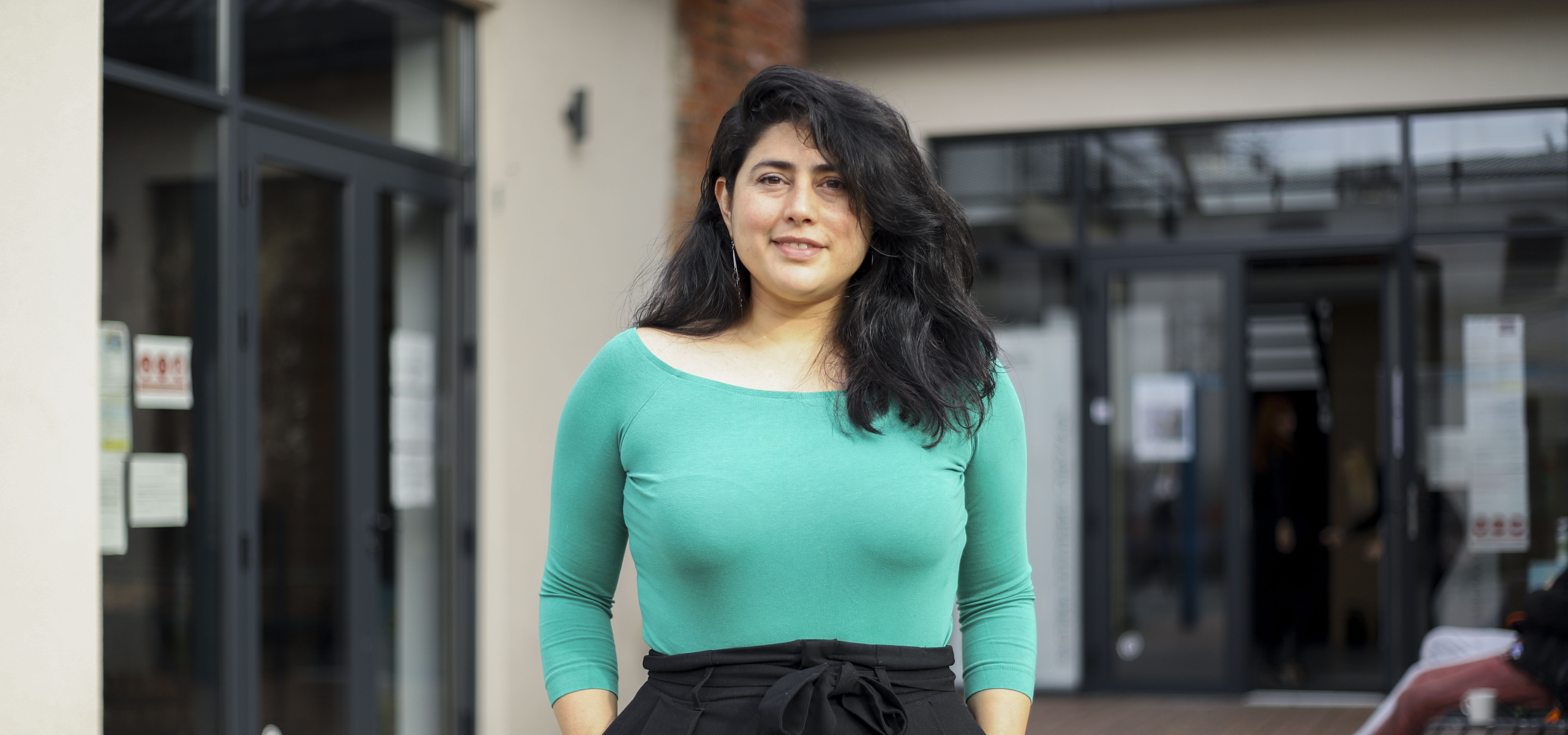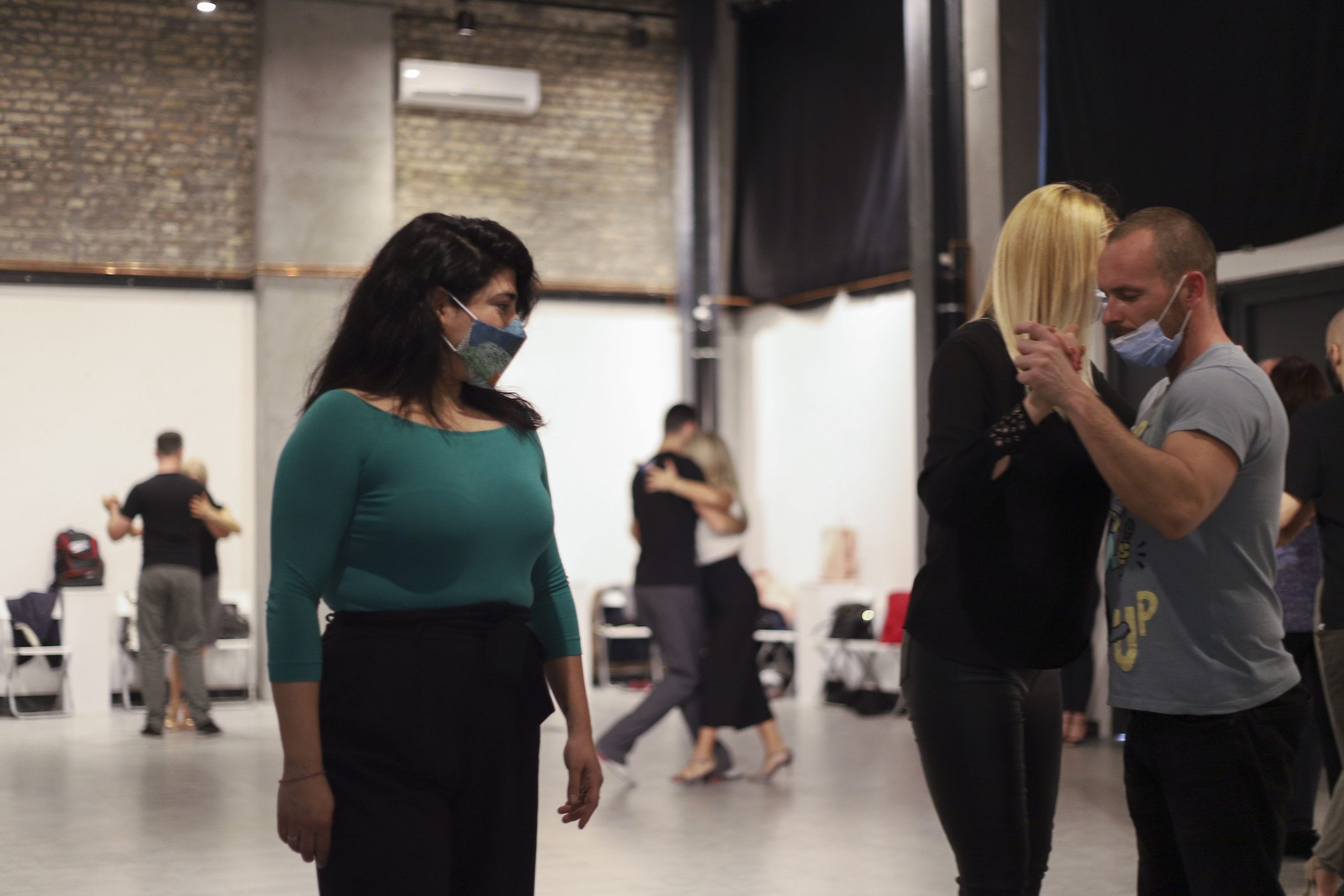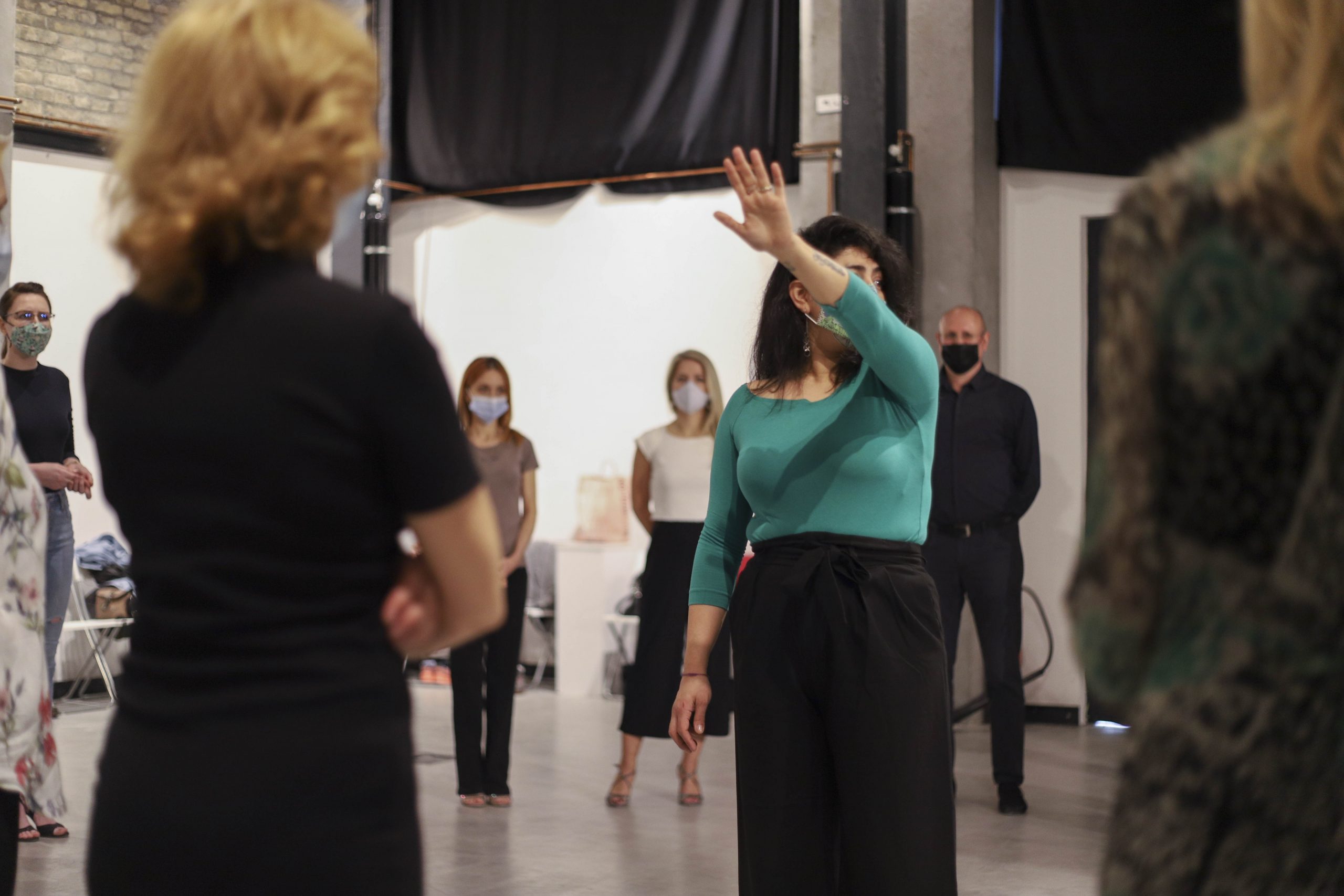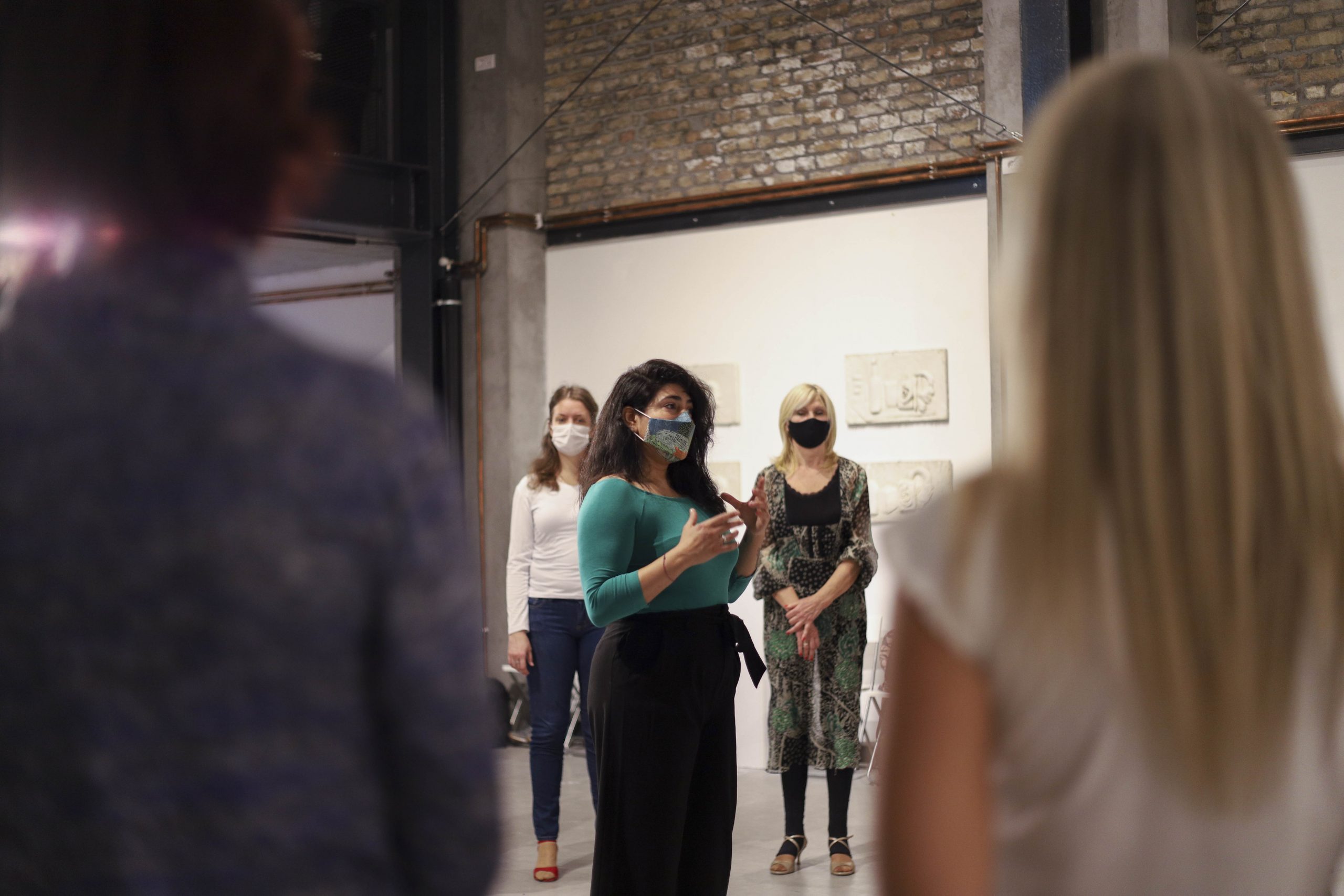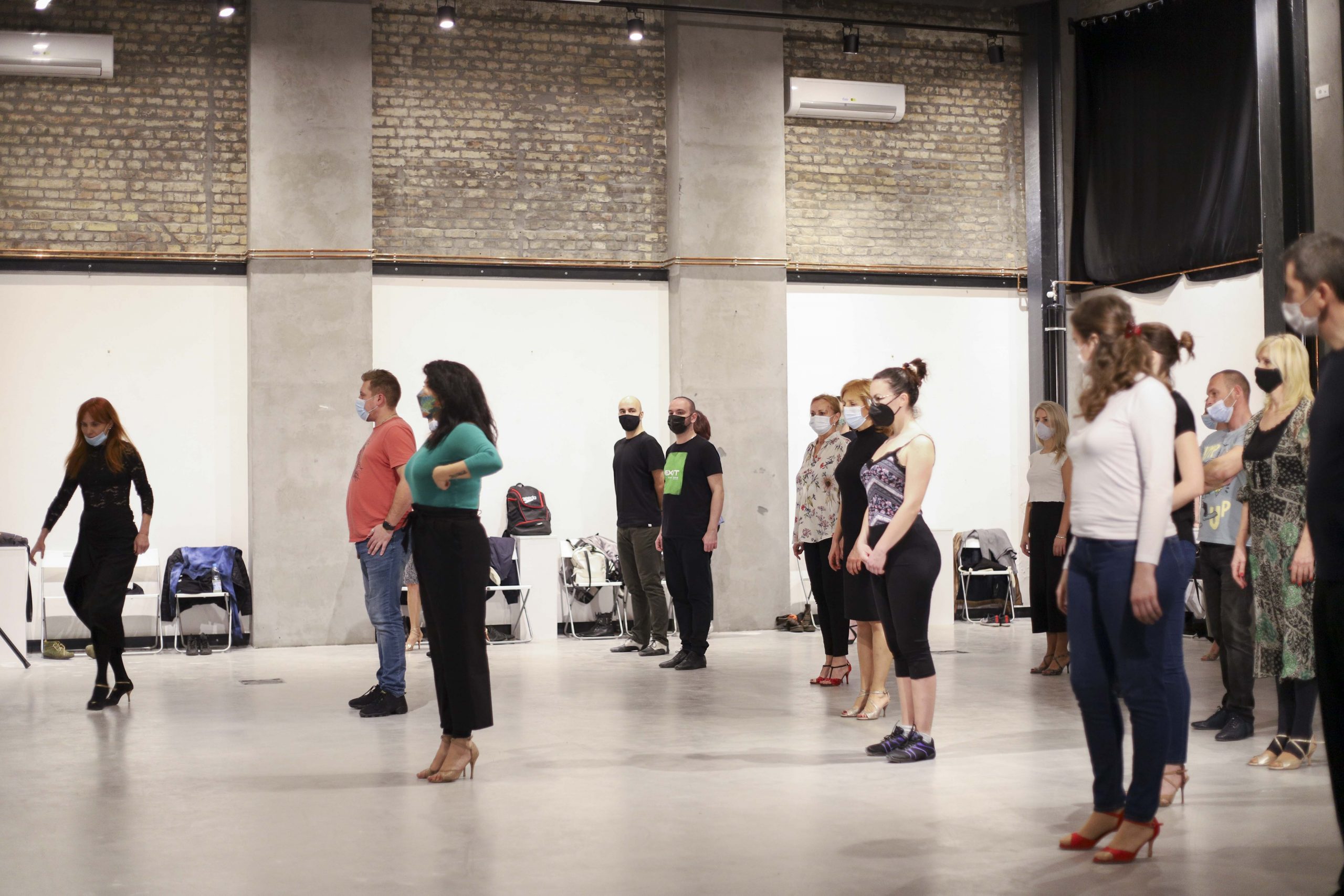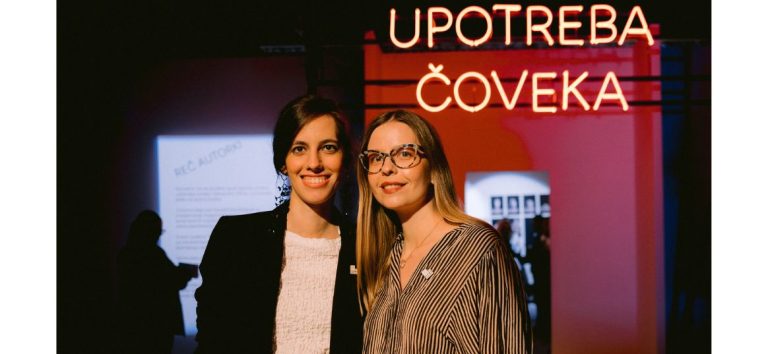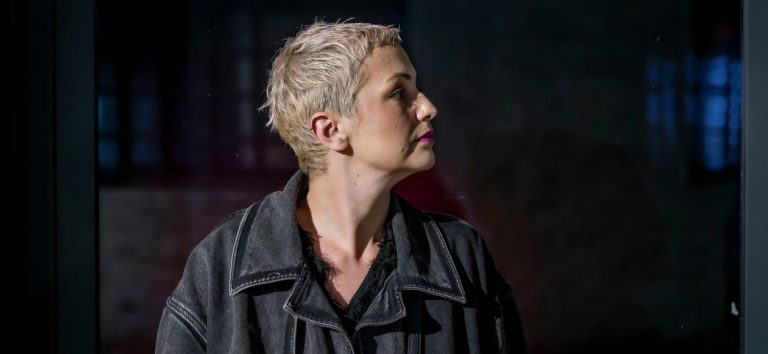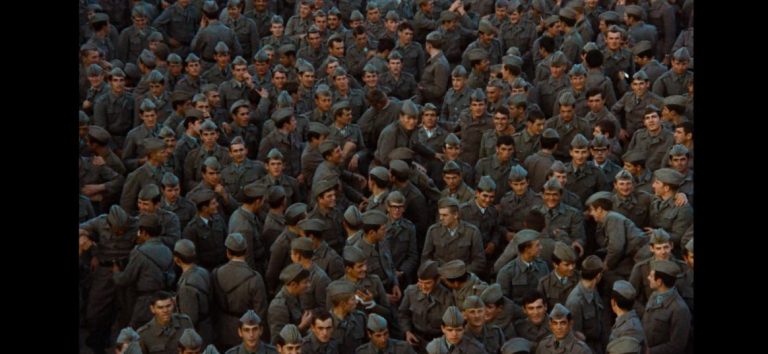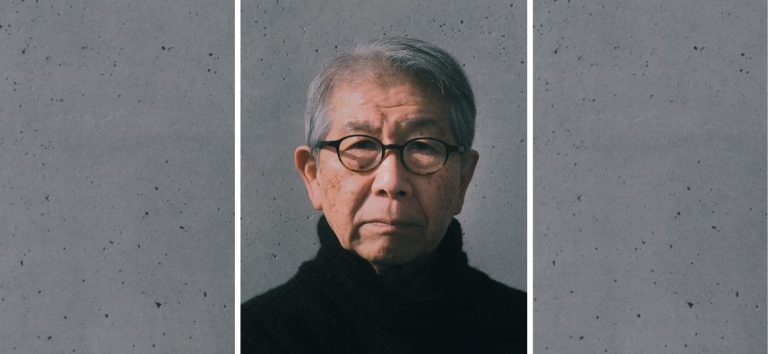Tango is a sad thought danced, but for Maria Ines Bogado tango is much more – tradition, love and discipline that brought her from Argentina to Serbia.
Maria Ines Bogado is a professional Argentine tango dancer, world champion in salon-style tango in 2010, currently one of the most esteemed tango instructors in the world. Thus, it shouldn’t come as a surprise that her workshops held in the Svilara Cultural Station at the beginning of February attracted so much attention. Maria has been living in Belgrade for the last five years, so she’s already had a chance to stop by Novi Sad.
– This was the first time I held tango workshops in Novi Sad, but it wasn’t my first time in the city. I’ve visited Novi Sad with my friends, walked the streets of the city centre and explored the Petrovaradin Fortress. The city is charming, I learned about its history, particularly about the period under the rule of the Austrian Empire, whose traces can be seen in the architecture.
It can be said that dance is a language we all speak, all types of tango evoke certain emotions. Most people associate it with love and passion. What does tango mean to you, as someone for whom this dance became a way of life?
– Tango represents my roots, tradition and love that I have for my country and customs that I learned when I was a little girl. Tango connected me with certain moments of my childhood that I spent with my family, listening to the radio. The music was always with us. It is part of our musical folklore. Also, I discovered that my grandma, too, used to dance tango when she was young. So, this can possibly be something inherited, and as such, my family strongly values it. For me, in addition to that, tango represents love towards dance; I’ve been dancing Argentine traditional dances since I was 12 years old. Tango gave me an opportunity to express my feelings.
When did you fall in love with tango and how did it turn into professional dance?
– I fell in love with tango when I was 17 or 18 when I graduated from a dance school, where we learned how to dance tango at the very end of high school so that we could do it for the final show at the end of the school year. Then, in the embrace of my dance partner, I discovered some type of communication, a unique connection with him, a feeling of trust inside the dance itself, even though we didn’t know each other. During 2001 or 2002 I started dancing with my dance partner in restaurants, and that’s when I started to learn and work a lot in order to become a professional. I met Carlos Perez in 2008, a tango teacher, who organised tango lessons in a very popular club called Sunderland, where I met my dance partner with whom I’ve won championships and started travelling around the world.
Even though it’s still not considered a sport, dance requires taking care of your body, staying in shape and sometimes even a great deal of sacrifice and compromise, injuries as well. Are there things you sacrificed and compromised in order to do what you love the most?
– Dance is considered a discipline in the world of art, and as such, it requires time, dedication and physical endurance. When you decide you want to do it professionally, it calls for a lot of knowledge, rehearsal, practice, and time you would’ve otherwise spend with your family. It often happens that you miss those precious moments, such as holidays or gatherings with your friends. This sacrifice carries a dose of responsibility, and I connect it with the improvement in dance and my profession. I don’t look at that nonstop learning as a sacrifice but rather as my persistence and diligent work on making things good and making them stay that way.
You are a world champion in salon tango and tango vals, while also conducting workshops around the world, is there something that is still a huge challenge to you, a goal you haven’t attained yet?
– I honestly believe you can’t stay motivated without setting goals first. Each challenge is like a road leading to the unknown, but I consider myself a person who loves the adrenaline rush. For me, goals are a dream come true, but in order to achieve them, I need to work on myself. I still dream of travelling to new places, visiting the countries I haven’t had a chance to visit yet, and getting to explore new cultures and learn new languages. Besides that, I’d like to learn how to drive a car.
I guess tango, the emotion itself, as well as dancers, differ in each country. What is your experience? How do people in Serbia dance tango?
– Thanks to tango, I had an opportunity to visit many countries. In Serbia, like in other Eastern European countries, people like to dance tango with fast and short dance movements, they skilfully follow the rhythm since they come from a culture that uses joyous music in its dance and folklore heritage.
You have been living in Serbia for three years now, are there any similarities between Argentine and Serbian cultures?
– There are a lot of similarities, in certain parts of Belgrade I feel like I’m in Buenos Aires. Another similarity is the energy of people, they are very friendly and caring. I like the tradition of getting coffee with friends, which is also a thing we have in common. I also like that we have specific places where we meet up with friends or go for a walk to either some of the parks or by the river. Serbia is a cosmopolitan country whose streets are filled with energy throughout the whole day, the same as in Argentina.
Since tango is your life, music is an integral part of it. What are your personal music preferences and are you, perhaps, familiar with any Serbian musicians?
– I like listening to jazz, bossa nova, Latin American music, my country’s traditional music, as well as Spanish music, it’s also part of my musical sensibility since I grew up with my grandpa from Spain and the old songs he used to listen to.
Besides dance, what other forms of art do you enjoy?
– I also dance other Latin American dances, such as salsa and bachata. I prefer dancing them casually, with friends, not professionally, since I didn’t dedicate much time to them.
Interviewer: Milana Milovanov
Photo: Uroš Dožić

